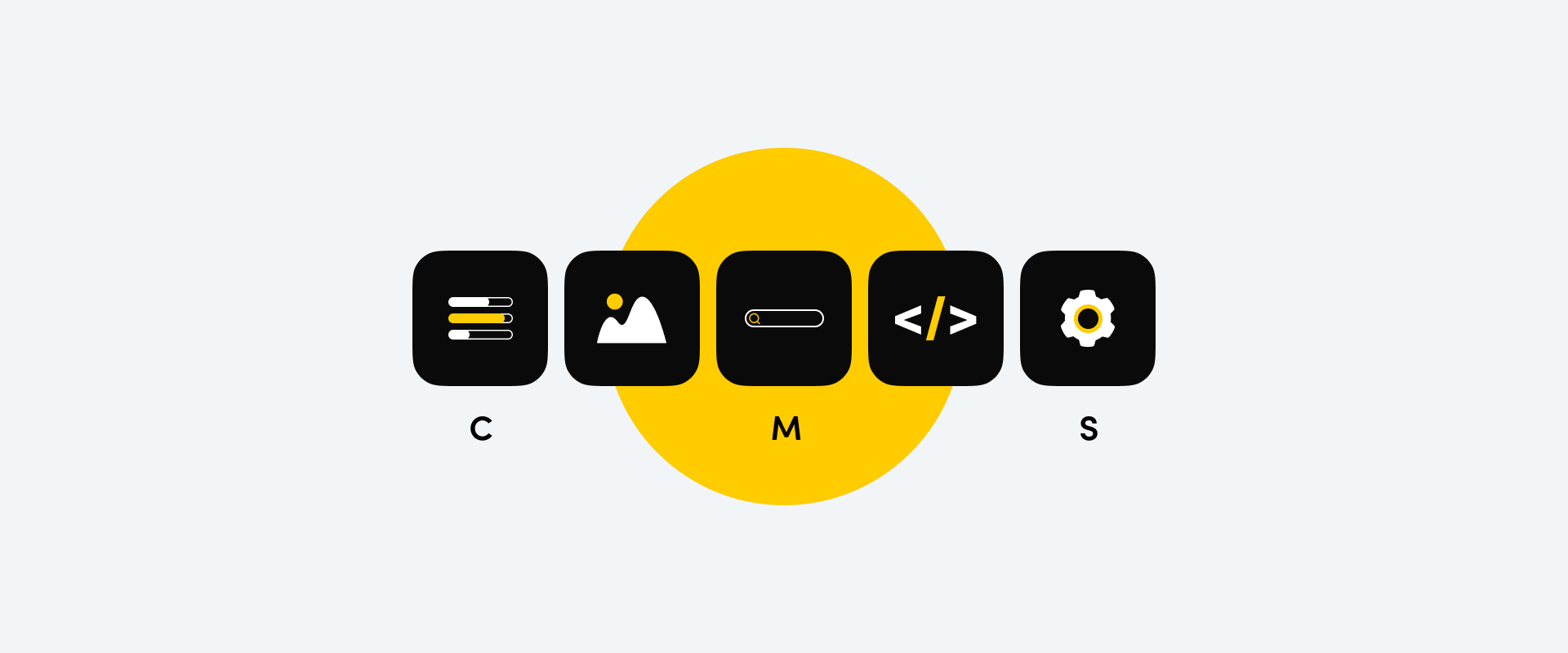Headless content management systems (CMS) have emerged as the avant-garde norm for modern digital architecture. Traditional content management systems have long been the backbone of websites and digital applications, but they come with limitations. As organizations strive to deliver more dynamic, personalized, and omnichannel digital experiences, there are few approaches that rival headless CMS solutions.
What is a Headless CMS?
A headless CMS is a content management system that decouples the backend content repository from the frontend presentation layer. In traditional CMSs, content management and presentation are tightly integrated. This means that content is created, managed, and displayed in a predefined way, making it challenging to adapt to various digital channels and devices.
A headless CMS, on the other hand, focuses solely on content management. It stores and organizes content in a structured manner, but it doesn’t dictate how it is presented. This decoupling allows for greater flexibility and scalability, making it easier to deliver content across websites, mobile apps, IoT devices, and any other digital touchpoints.
Advantages of Going Headless
Embracing a headless CMS is not just keeping up with the times; it’s seizing the opportunity to lead the way in delivering dynamic, personalized, and seamless digital experiences for today’s users.”
– Kerri Frederick, Big Drop’s Senior SEO Specialist
Flexibility and Agility: One of the primary advantages of a headless CMS is its flexibility. Content should be delivered to multiple platforms and devices without the need for major redesigns or custom development for each piece of content or page. This level of agility is a key factor for advantage in today’s digital landscape.
Omnichannel Content Delivery: With a headless CMS, you can seamlessly deliver content to various channels, including websites, mobile apps, smart speakers, and more. This ensures a consistent and cohesive brand experience across all touchpoints.
Improved Developer Experience: Developers love headless CMS systems because they have the freedom to use their preferred front-end technologies, frameworks, and tools. This fosters creativity and innovation, allowing developers to build unique and engaging user experiences.
Scalability: As your organization grows and your digital presence expands, a headless CMS can easily scale to accommodate increased content demands and traffic spikes. You can add new channels or services without major disruptions.
Security and Maintenance: Separating the backend content management from the frontend presentation layer enhances security. It’s recommended to perform updates and maintenance on each layer independently. This reduces the risk of security vulnerabilities.
Personalization: Headless CMS systems enable sophisticated personalization and content targeting. With a centralized content repository, you can tailor content to specific audience segments and deliver more relevant experiences.
Reusing Content: Content created in a headless CMS can be easily repurposed and reused across different projects and channels. This reduces duplication of effort and ensures consistency in messaging.
The New Normal for Digital Architecture
Going headless is increasingly becoming the new normal for modern digital architecture. It empowers businesses to keep pace with rapidly changing consumer expectations and technological advancements.
However, it’s important to note that while headless CMS offers numerous benefits, it also comes with some challenges. Managing content in a decoupled environment can be complex, and it may require additional development resources to build the front-end interfaces and templates. Additionally, it’s crucial to select the right CMS that aligns with your organization’s specific needs and goals. Check out projects from our portfolio like Square Academy and Pricemoov built on Contentful.
In conclusion, going headless is not just a trend but a strategic move for organizations looking to future-proof their digital architecture. It allows for greater flexibility, scalability, and agility in delivering content to a diverse range of digital channels. Embracing these solutions has the potential to position your business for success in the ever-evolving digital landscape.
